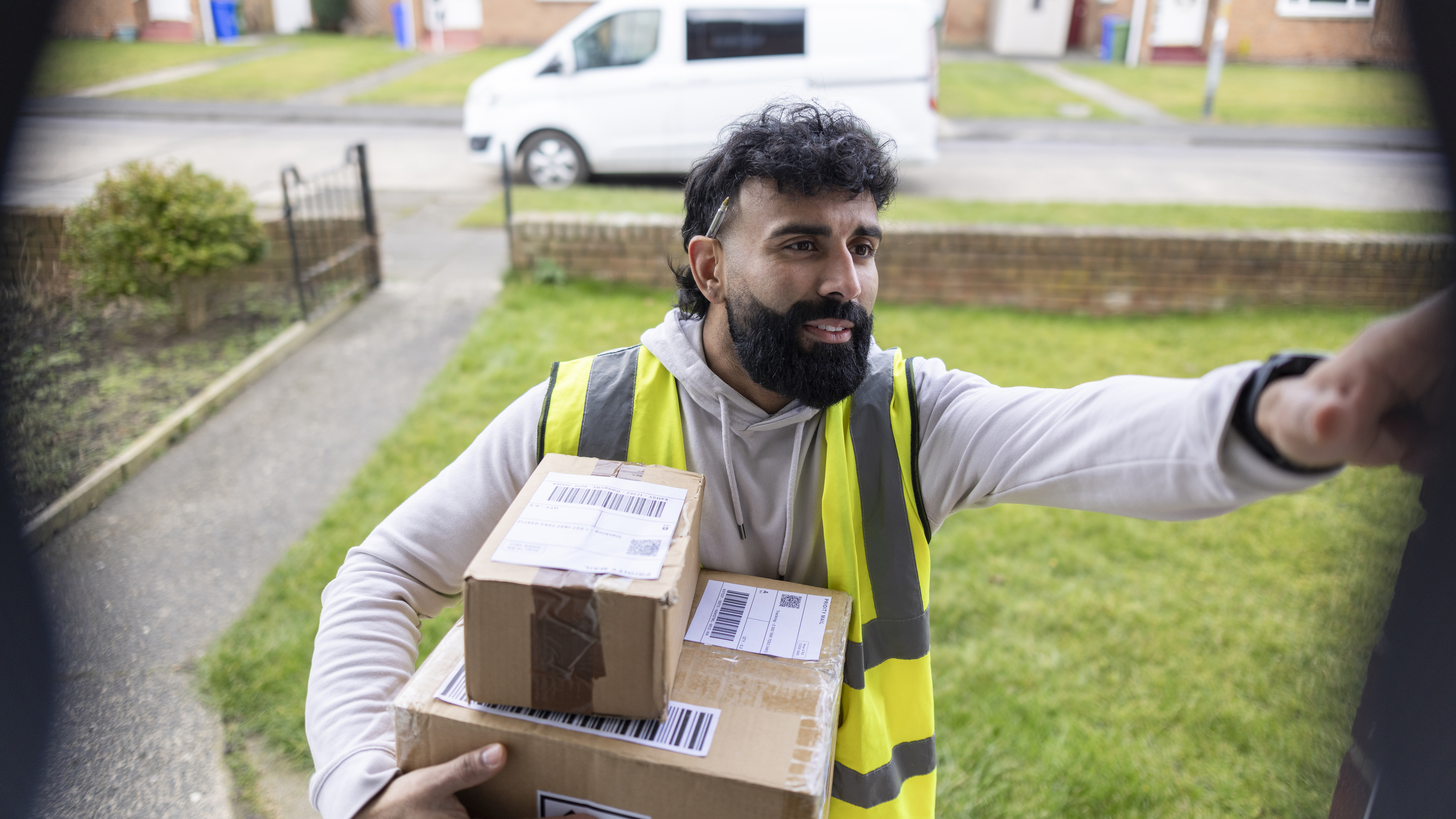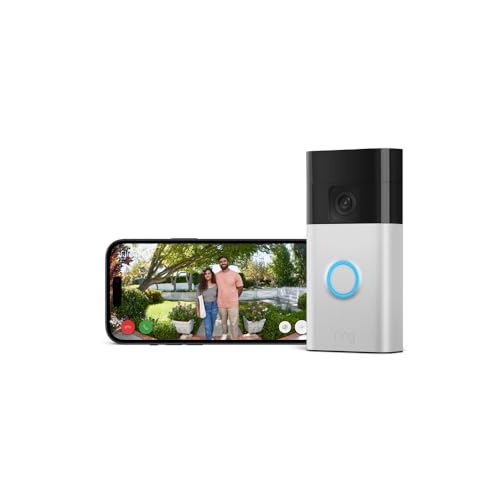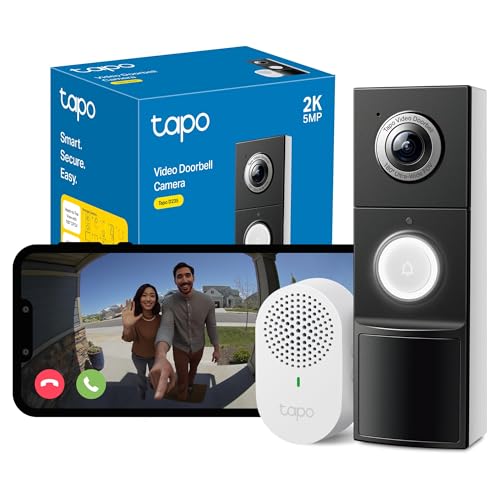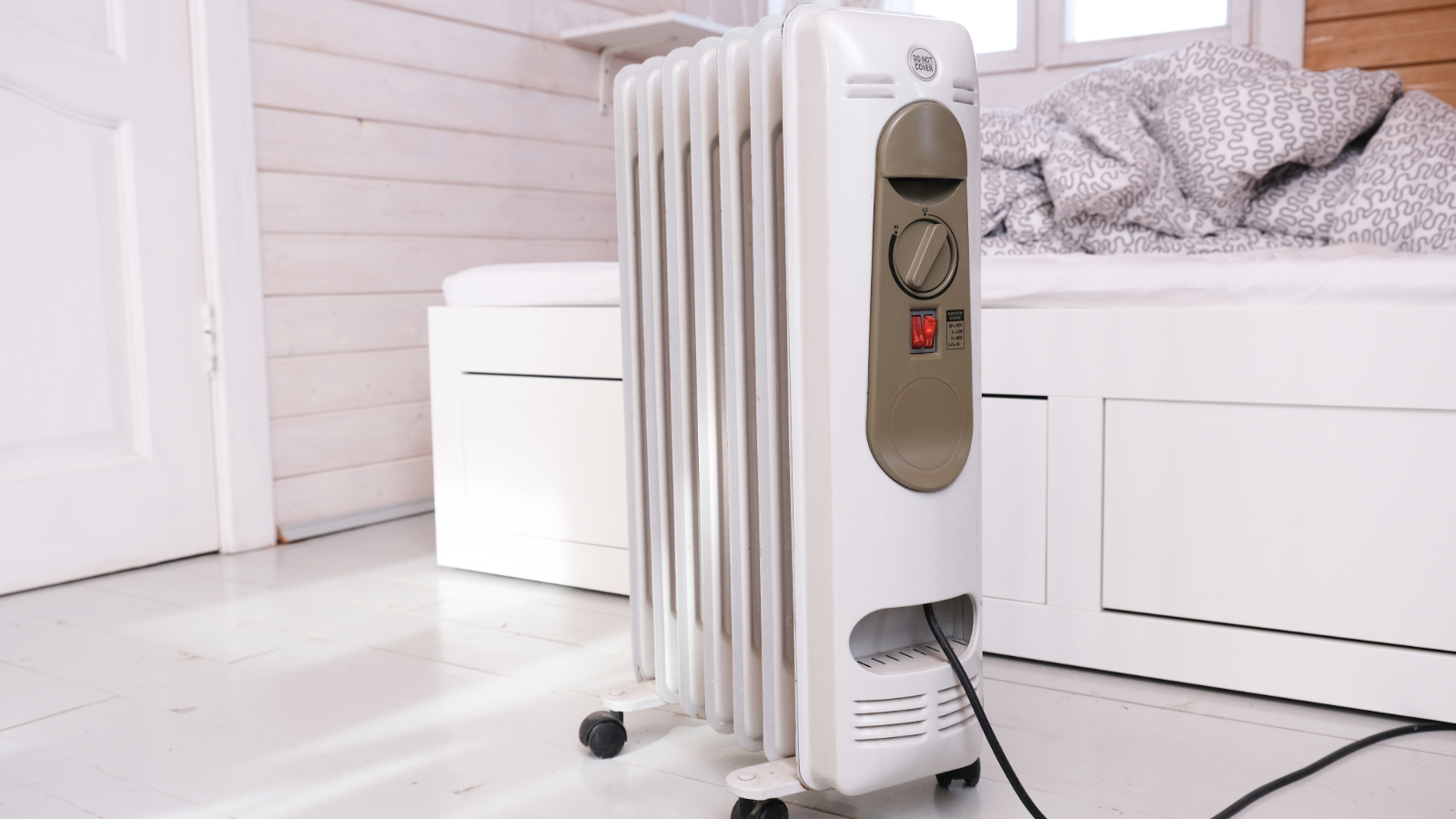Do doorbell cameras record all the time? The answer — and why you need to know
Understand the recording options on doorbell cameras and how to abide by the law when you own one

Decide to fit a smart doorbell to optimise your home’s security and it’s essential to think about whether doorbell cameras record all the time. The reason? You’ll need to abide by the rules surrounding the footage you’ll be gathering.
The doorbell cameras that have become a vital element in home security systems offer different recording modes. Choosing between them isn’t just a matter of your preferences, however. Thinking about the storage capacity you’ll require and the usability of what you record are also important.
We’ve put together an expert guide on the recording options here. And there’s advice on what else you need to think about when you’re setting up your doorbell camera and over the long term of its use.
Doorbell camera recording options
Doorbell cameras offer different recording options as explained below. Bear in mind, though, that not all cameras offer these modes, so always check the model you’re looking at has what you want before buying.
- Continuous recording, such as that available with the Google Wired Nest Doorbell from Amazon, takes place 24/7.
- Scheduled recording – such as that offered by the Yale Smart Video Doorbell at B&Q – will occur at the times set.
- Motion-detection recording means the doorbell camera will record only when motion is detected.
- Event-based recording includes motion detection. “Event-based recording captures video when motion is detected, or when somebody rings a doorbell,” explains Anthony Neary, security expert at Safe.co.uk. “It means that doorbells are only capturing moments that matter, and not using storage on videos of empty streets and driveways. It also means that events are easier to find should you need. For example, highlighting the time a parcel was delivered, or sourcing burglar footage for the police in the event of a burglary.”

Anthony Neary is the founder and security expert at home and business security retailers Safe.co.uk. With over 15 years of industry experience, he specialises in security solutions and how to keep properties safe.
Recording times and storage
Pay attention to both recording time and storage time when investing in a doorbell camera.
If you’re recording continuously, the camera won’t stop, and sufficient storage will be required (see below). Scheduled recording will be at designated periods but might be several hours per day so, again, enough storage is an issue. For motion detection, typically recording will stop when the camera no long detects motion but some models allow you to set a period of time after which the doorbell camera stops recording once the motion has finished.
Think about the footage, too. “Be sure to check how long a camera will hold video footage for,” says Anthony Neary. “That is, some models will only hold footage for a month, a week, and some even just pinpoint the exact moment of motion and do not save at all.
Bring your dream home to life with expert advice, how to guides and design inspiration. Sign up for our newsletter and get two free tickets to a Homebuilding & Renovating Show near you.
“Most cameras that keep footage come at a small monthly cost, often forgotten by customers when investing,” he points out. “I’d always advise paying where possible – you never know when you might need the footage.
“If you are investing in new cameras as part of a larger home security project, consider how storage links up with existing CCTV you may have, and how much storage multiple outlets need,” he advises. “You really don’t want to be caught short because your SD card was full, or cloud storage has maxed out.”
Shop doorbell cameras
Legal and privacy issues to be aware of when recording footage
It’s important to keep in mind that, under data protection law, anyone who is captured on the footage from your doorbell camera has the right to ask for a copy. This is a subject access request or SAR.
They can also ask for the footage to be deleted under the right to erasure.
Finally, they can object to being recorded, known as the right to object. You would need a strong reason to continue recording after an objection.
To abide by data protection law, it’s also important that your doorbell camera doesn’t capture more than is necessary. You should also let people know you are using a camera – for instance with a sign. Footage should be deleted regularly or automatically or both, too. You can find more details from the Information Commissioner’s Office.
Optimise doorbell camera settings
There are a number of things you can do to optimise settings if you’re the owner of a doorbell camera.
“One of the smartest moves a homeowner can make is fine-tuning the alert settings to fit their lifestyle,” says Carlos Dhunay, security expert and owner of home security company Telcam. “You don't want your phone pinging every time a car drives by or a neighbour walks their dog. Most quality video doorbells let you tailor what you’re alerted to. For instance, you can disable doorbell press alerts but still get notified when a person is detected, or only trigger alerts when a package is left at your doorstep.”
Consider the motion sensitivity setting, too. “I recommend starting with medium sensitivity and adjusting from there,” says Carlos. “If you’re getting too many false positives, say, every time the wind rustles the bushes, then turn it down. But if you’re missing people who actually approach the door, it’s time to bump it up. Some brands also let you draw out custom ‘activity zones’ so your doorbell camera focuses only on the area that matters and ignores irrelevant motion like pavement traffic.”
Boost storage of doorbell camera recordings
There are ways to optimise storage of doorbell camera footage.
“Whether you’re using cloud or local storage, take advantage of auto-delete settings,” says Carlos Dhunay. “Most systems allow you to auto-delete older clips after a certain number of days, which is essential if you're using a microSD card or a limited cloud plan. Set a seven or 14-day rolling deletion cycle to make sure you never run out of space.
“If your system has short retention windows, get in the habit of downloading important clips right away,” he advises. “Create a secure backup folder on your computer or in a private cloud storage account to archive footage in case you need it later for legal or insurance purposes.”
Carlos also recommends avoiding 24/7 recording. “Continuous recording fills up storage fast and often captures hours of irrelevant footage,” he says. “Instead, switch to event-based recording, where the doorbell only records when motion or a person is detected. This conserves storage and makes reviewing footage much easier.”
You should also put storage checks in your diary. “Some systems will notify you when your local storage is nearly full, but many don’t,” Carlos says. “So, make a habit of checking storage status every few weeks, especially if you’re using a microSD card.
“If you go the local storage route, don’t just rely on the included microSD card because often they’re small and slow,” he continues. “Upgrade to a high capacity card like 128GB or 256GB, as this will extend storage time and make sure video is always captured smoothly.”

Carlos Dhunay is a fully qualified electrician, and director of operations at Telcam, a company specialising in safety and security solutions for homes and businesses. With over 25 years of experience, he helps clients protect their properties using a blend of physical and smart technologies.
Considering how much of the time you want your doorbell camera to record can make storage easier to manage, and abiding by data protection law a simpler task to boot. And if your neighbours are concerned about your use of a doorbell camera, explaining you’re only recording as necessary rather than continuously can help put their minds at ease.
Sarah is a freelance journalist and editor writing for websites, national newspapers, and magazines. She’s spent most of her journalistic career specialising in homes.
She loves testing the latest home appliances and products, and investigating the benefits, costs and practicalities of home improvement. She is an experienced renovator and is currently remodelling the ground floor of her new home.
She was Executive Editor of Ideal Home and has worked for Your Home and Homes & Ideas. Her work has published by numerous titles, including The Guardian, channel4.com, Houzz, Grand Designs, Homes & Gardens, House Beautiful, Homes & Antiques, Real Homes, The English Home, Period Living, Beautiful Kitchens, Good Homes and Country Homes & Interiors.



